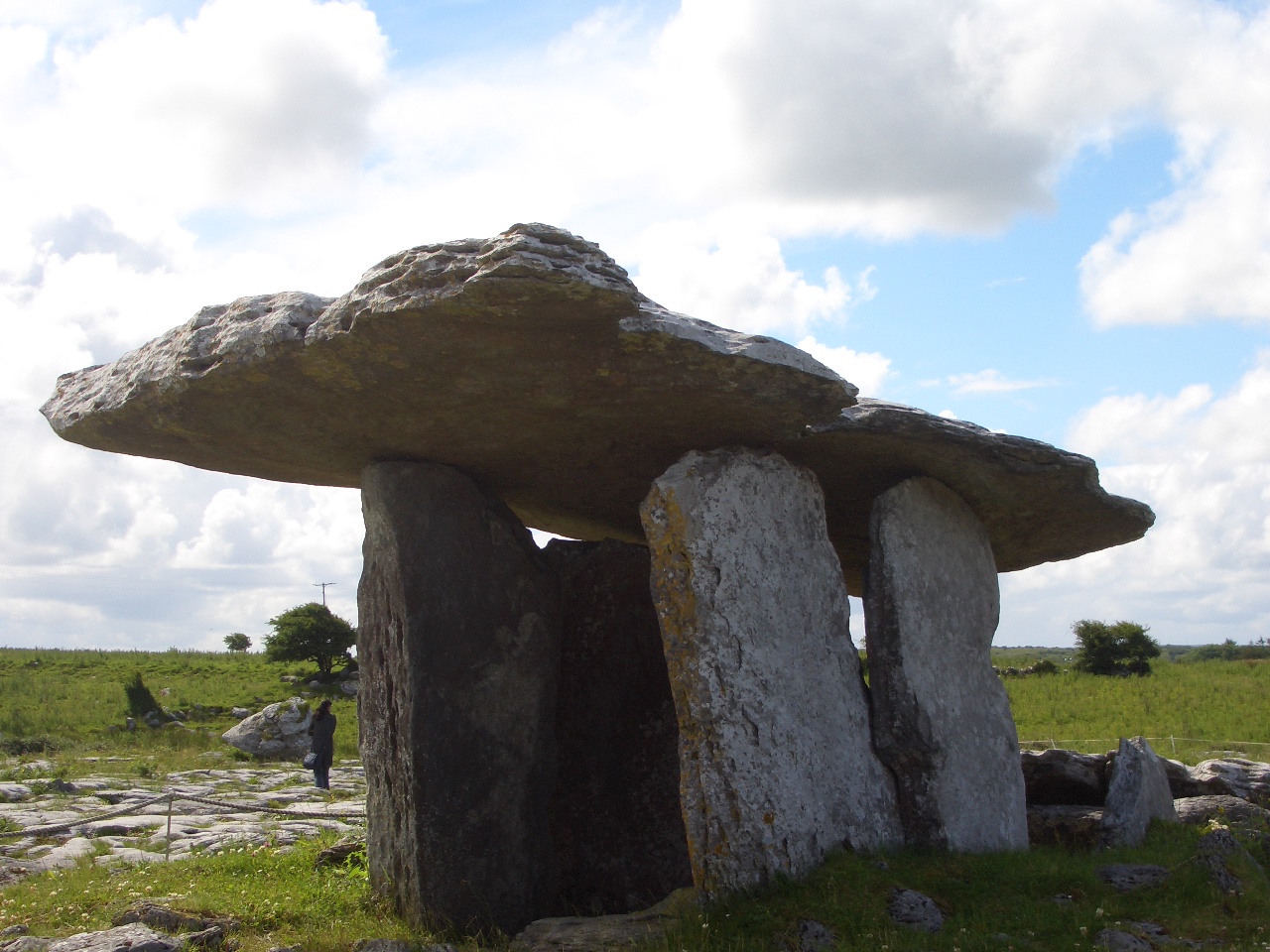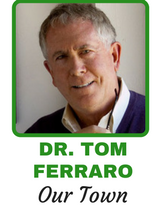Fear of death is a central concern for humans. This fact becomes clearer each day as we get inundated by this new biological war with the death count mounting by the hour.
The world and its usual manner of function have come to a screeching halt and as we hunker down and shelter in we have ample time to cogitate on the meaning of life and death. So let us begin.
Perhaps the greatest non-fiction book on the subject of death is the Pulitzer Prize-winner by Ernest Becker entitled “The Denial of Death” back in 1973.
He reviews the writings of Freud, Otto Rank, Norman O. Brown and Kierkegaard and concludes that death is mankind’s greatest fear and that from an early age we go about denying the idea of death with compulsive heroic type acts which teach us that though death may be nearby we can conquer it.
The only person I have ever spoken to seriously about the subject of death was Bob Lipsyte of the New York Times. He was doing a series on NASCAR drivers and their death wish and he wanted to know my views on the matter.
I basically said that athletes are the culture’s heroes because they regularly and willingly face death every day. This goes for race drivers, jockeys, boxers, gymnasts, football players, and more.
The culture adores and elevates them to the status of high priests because they face down death every day and come back to talk about it.
This reinforces our ability to deny the grim truth that the Grim Reaper exists and will be happily knocking on our door someday. Of course, the idea is to postpone that visit for as long as humanly possible.
Of course, Becker is not the only one who has been concerned with the problem of death. Religions have dealt with this sticky issue as well. Buddhists and Hindus deal with it by suggesting we will all be coming back in another form and try to exercise goodwill and kindness or you may be returning as a dog or worse yet a mouse.
Many religions have Spring Equinox rites which usher in the transcendence of light and life over the darkness and death of winter.
Catholicism gives us Easter which is said to symbolizing the way Jesus Christ was resurrected from the dead. Rites of spring often involve a sacrifice which was supposed to provide an ‘immunity from death’ bath to those who participate. Easter eggs also symbolize the emergence of life out of darkness.
Architectural masterpieces like the 5,000-year-old-Stonehenge with its ring of 13-foot stones symbolize the circle of life and death.
Great literature has often focused on the problem of death as well. The wonderful Greek epic poem “The Odyssey” was written by Homer in 820 B.C. and began with the famous phrase “Sing to me of the man, Muse, the man of twists and turns driven time and again off course, once he has plundered the hallowed heights of Troy.”
The story was all about the hero Odysseus who looked death in the face for twenty years until he finally made it home to his loyal wife Penelope. He battled the gods Zeus, Poseidon, Calypso, the lotus-eaters, the Cyclops, the House of Death, Scylla, Charybis and finally all those would-be suitors who wanted to bed his wife.
He managed to avoid death each time thanks to his lucky charm, the goddess Athena, who admired his courage. The book is still loved by many largely because Odysseus is a man who faced death and conquered it.
Then there is Mary Shelley’s “Frankenstein,” which is about how you can conquer death if you’re a clever enough scientist. Good luck with that. We see how grim that monster looked.
Or how about Bram Stoker’s “Dracula” who offers his victims life immortal if you give him a little bit of blood. Once again this is a piece of great literature that symbolizes a wish for immortal life.
But seriously can you imagine a life whereupon you lived forever. Don’t you think you might get bored after about 1,000 years? After all there’s only a limited number of great cities to visit on one’s bucket list before the whole thing gets tiresome.
Indeed, we are not alone in our fear of death and of dying. Poets, writers, architects, saints and sinners alike all have grappled with this most primary of fears. And as we shelter in we now have time to reorient ourselves to our precious life. Life does not last forever no matter how much we may want it to.
We have all hit the pause button and this pause will not last all that long. As we pause it’s time to look around and see what we have been given.
In “The Box” by Edward Albee the main character keeps repeating the phrase “When art begins to hurt, it’s time to look around.” A good quote to remember but it now needs a paraphrase that goes “When life starts to hurt, look around you .”
This is exactly what Buddha meant when he said ‘be here now.” Or what Jesus Christ meant when he remarked: “The kingdom of heaven is here and it is now.”
This is an enforced pause in the action and so it’s time to look around. If you take a walk you will no longer hear jets flying above and you will not hear much traffic.
But you will hear birds and you will hear the breeze rustling through the leaves as they start to bud. Nice time of year is spring.




